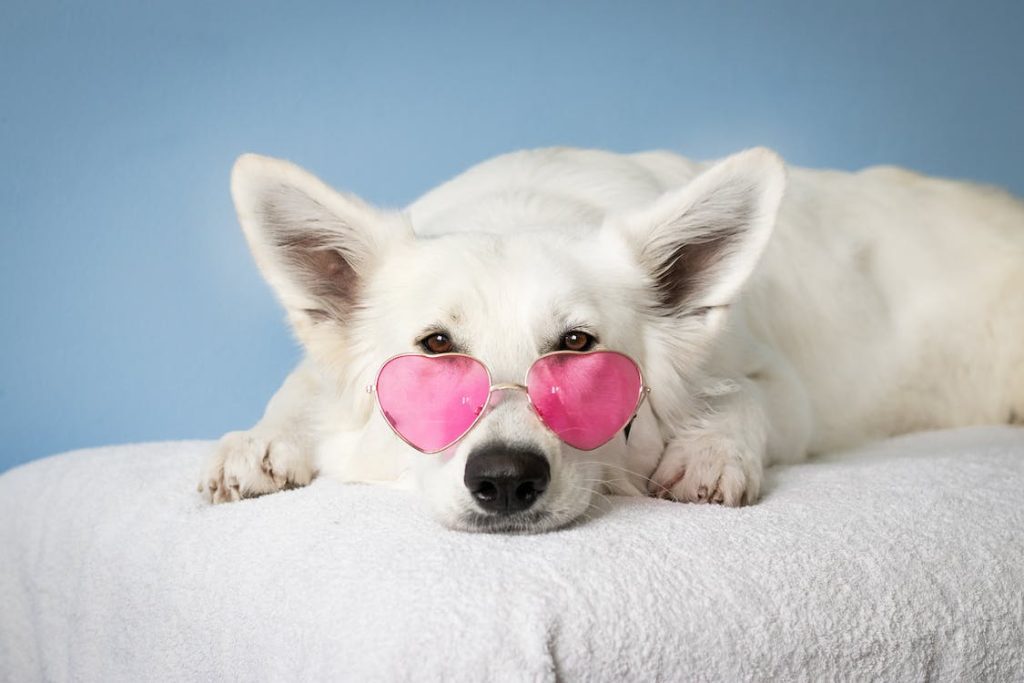How to Prevent Separation Anxiety in Dogs


How to Prevent Separation Anxiety in Dogs


Introduction
Separation anxiety is a common behavioral issue that many dogs experience when they are left alone. It can be distressing for both the pet and the owner, leading to destructive behavior, excessive barking, and other signs of distress. Fortunately, there are steps you can take to prevent separation anxiety and help your furry friend feel more comfortable when you’re away. In this comprehensive guide, we will provide you with detailed instructions on how to prevent separation anxiety in dogs.
Understanding Separation Anxiety
Before we delve into the prevention strategies, let’s take a closer look at what separation anxiety is and how it affects dogs. Separation anxiety is a behavioral disorder characterized by extreme anxiety and distress when a dog is separated from their owner. It can occur in dogs of any age or breed and is more common in dogs who have experienced changes in their living situations or have had traumatic experiences.
Signs of separation anxiety may include:
- Excessive barking or howling when left alone
- Destructive chewing, digging, or scratching furniture or doors
- Attempts to escape, which may lead to injury
- Pacing or restlessness
- Excessive drooling or panting
- Inappropriate urination or defecation in the house, even when housetrained
It’s important to note that these behaviors can also be caused by other factors, such as boredom or lack of exercise. Therefore, it’s essential to observe your dog’s behavior and consult with a veterinarian or professional dog trainer to determine if separation anxiety is the root cause.
1. Gradual Desensitization
One of the most effective ways to prevent separation anxiety is through a technique called gradual desensitization. This process involves gradually increasing the amount of time your dog spends alone, helping them become more comfortable with your absence. Here’s a step-by-step approach to implementing gradual desensitization:
Step 1: Start with short periods of separation
Begin by leaving your dog alone for short periods, such as 5-10 minutes. During this time, ensure that your dog has access to their favorite toys, treats, and a comfortable resting place. This will help distract and entertain them while you’re away.
Step 2: Reward calm behavior
When you return home and find your dog calm and relaxed, reward them with praise, treats, or a favorite toy. Positive reinforcement is essential for reinforcing good behavior and helping your dog associate your absence with positive experiences.
Step 3: Gradually increase the duration
Over time, gradually increase the duration of your absences. Start with 15 minutes, then 30 minutes, and so on, until your dog becomes more comfortable being alone for extended periods. Ensure that you continue to reward and praise your dog for their calm behavior during each session.
Step 4: Practice departure cues
Dogs often pick up on cues that indicate you’re about to leave, such as grabbing your keys or putting on your coat. To desensitize them to these cues, practice them multiple times a day without actually leaving. This will help your dog realize that these cues don’t always result in your departure, reducing their anxiety.
2. Create a Safe and Comfortable Environment
The environment in which your dog spends their time can greatly influence their anxiety levels. By creating a safe and comfortable environment, you can help alleviate their separation anxiety. Consider the following tips:
Step 1: Provide a designated space
Create a designated area in your home where your dog can retreat to when they feel anxious. This space should be comfortable, quiet, and filled with familiar items like their bed, toys, and blankets. It’s important to make this area feel like a safe haven for your dog, where they can relax and feel secure.
Step 2: Use calming aids
Calming aids can help create a soothing atmosphere for your dog. Consider using pheromone diffusers, which release synthetic pheromones that mimic the natural calming scents emitted by mother dogs. These diffusers can help reduce stress and anxiety. Additionally, playing soothing music or using anti-anxiety wraps, such as Thundershirts, can also provide comfort and reassurance to your dog.
Step 3: Use interactive toys and puzzles
Interactive toys and puzzles can keep your dog mentally stimulated and help distract them from separation anxiety. These toys require problem-solving skills and can provide a sense of engagement and fulfillment for your dog. Fill a Kong toy with treats or consider puzzle toys that dispense food slowly, extending the time of engagement and providing a positive association with being alone.
Step 4: Consider crate training
Crate training can be a valuable tool in preventing separation anxiety as it provides a safe and secure space for your dog, mimicking the den-like environment they naturally seek. Introduce the crate gradually, using positive reinforcement techniques such as treats or feeding time to associate it with positive experiences. Ensure that the crate is large enough for your dog to stand, turn around, and lie down comfortably.
3. Establish a Consistent Routine
Dogs thrive on routine and predictability, and establishing a consistent daily routine can help reduce separation anxiety. Follow these steps to establish a routine:
Step 1: Set regular feeding times
Feed your dog at the same times each day. This helps establish a predictable routine and ensures their physical needs are met. Consistency in meal times also regulates their digestive system, minimizing the chances of gastrointestinal issues due to stress.
Step 2: Schedule exercise and playtime
Regular exercise and playtime are crucial for a dog’s mental and physical well-being. Incorporate daily walks, interactive play sessions, and other forms of exercise into your routine. Physical activity helps release excess energy, reduces stress levels, and promotes relaxation.
Step 3: Practice departures and arrivals
Practice leaving and returning home several times a day, gradually increasing the duration of your absences. This helps normalize your departures and reduces the anxiety associated with your absence. During departures, avoid making a big fuss or saying prolonged goodbyes, as this may heighten your dog’s anxiety. Instead, leave calmly and without fanfare.
Step 4: Enlist the help of a dog walker or daycare
If your schedule doesn’t allow for frequent breaks at home, consider hiring a dog walker or enrolling your dog in a daycare program. These options provide social interaction, mental stimulation, and exercise while you’re away, helping to alleviate separation anxiety. Ensure that the dog walker or daycare facility is reputable and experienced in handling dogs with separation anxiety.
4. Seek Professional Help if Needed
In some cases, preventing separation anxiety may require the assistance of a professional dog trainer or animal behaviorist. If your dog’s anxiety persists despite your efforts, it’s important to seek professional help. They can assess your dog’s specific needs, identify any underlying issues, and develop a tailored behavior modification plan to address their separation anxiety. A professional can guide you through the process and provide additional tools and techniques to help your dog overcome their anxiety.
Conclusion
Preventing separation anxiety in dogs requires patience, consistency, and understanding. By implementing the strategies outlined in this detailed guide, you can help your furry friend feel more comfortable when left alone. Remember that each dog is unique, and it may take time to find the right combination of techniques that work for your pet. With dedication, positive reinforcement, and a supportive environment, you can make significant progressin preventing separation anxiety and fostering a happy, well-adjusted canine companion.
Always consult with your veterinarian or a professional dog trainer for specific advice tailored to your dog’s individual needs. They can provide personalized guidance and support throughout the process. With the right approach and a commitment to your dog’s well-being, you can help prevent separation anxiety and ensure a harmonious relationship with your furry friend.








